- | 8:00 am
This game ruled the ’90s. Now it’s making a comeback
POGs (briefly) took over the world before disappearing for 30 years. With new owners and new products, it’s ready to cash in the ’90s craze.
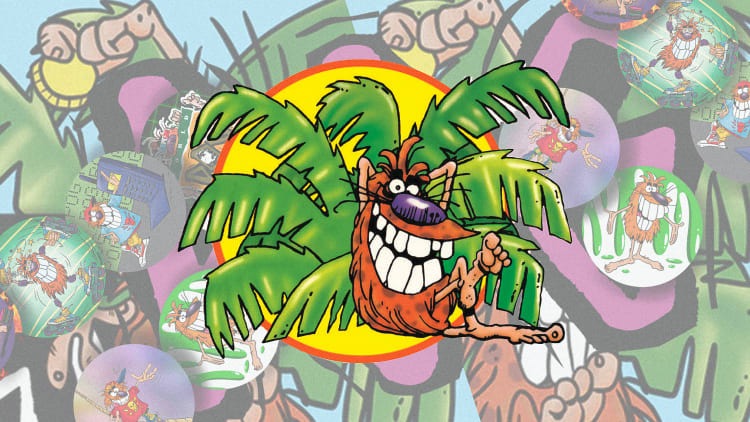
From fashion, beverages, and packaging design to Lisa Frank and Sizzler, the ’90s are decidedly having a moment. So it should have come as no surprise that as I was scrolling through social media, I spotted POGman, that disheveled, deranged, slammer-fetishizing mascot for the milk cap game that defined school recess in the mid-’90s.
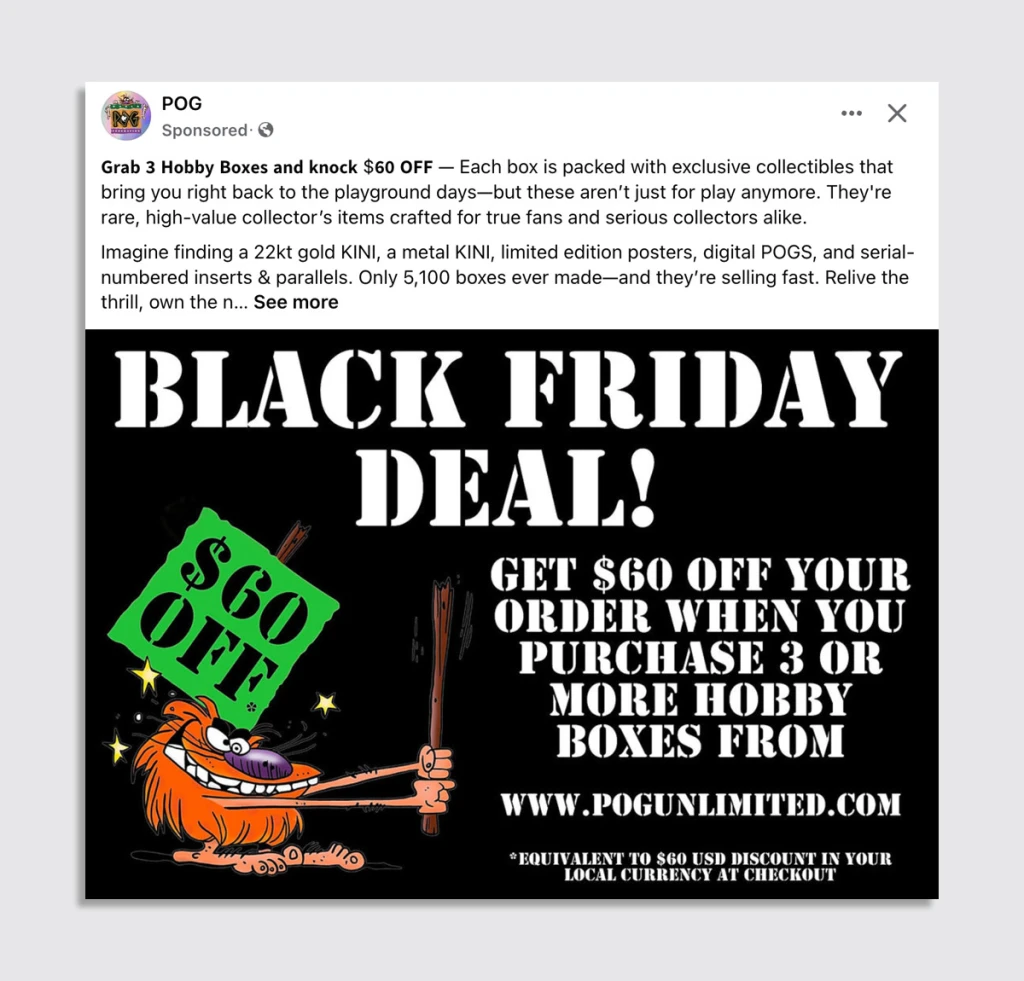
After burning hot and bright—and then fizzling out—the World Pog Federation is now officially back with new products and a plan to get a new generation into the game. The first new physical sets of the round plastic game pieces are in production and hitting mailboxes, and a digital wing has racked up a few million dollars. The POG team is touting some big collaborations and ideas for the future—all built on the brand equity the game amassed some 30 years ago.
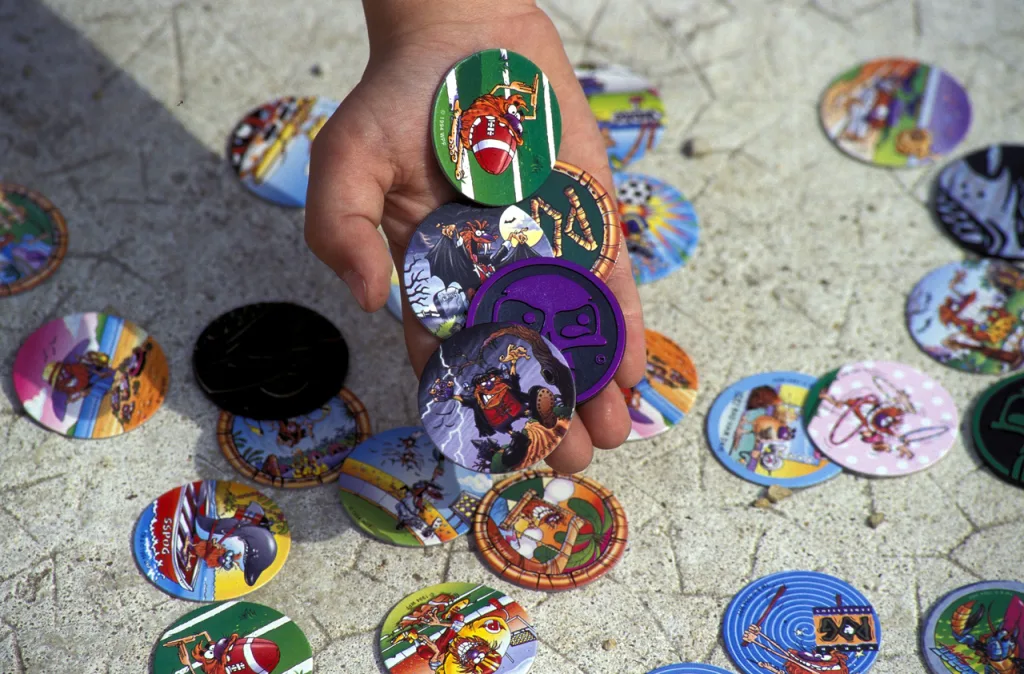
A MIRACLE FORMULA
In the 1920s, kids in Hawaii who were seven decades ahead of their time began pulling the milk caps off bottles and creating games with them. In particular, they seized on those that came from Haleakala Dairy on Maui, which was known for its POG-emblazoned bottle caps, used to promote its passion-orange-guava juice.
Enter Alan Rypinski, a mainland man with a track record for tracking down opportunity. Rypinski was a car enthusiast—and in 1972 he bought an upstart “miracle formula” that a chemist had invented, and renamed it Armor All. In 1979 he sold it for $50 million. Fast-forward to the early 1990s: Rypinski saw a news report about Hawaiian kids going wild for a game in which they took stacks of milk caps and threw a heavier “slammer” down onto them to flip as many over as they could, with the most successful flipper becoming the victor.
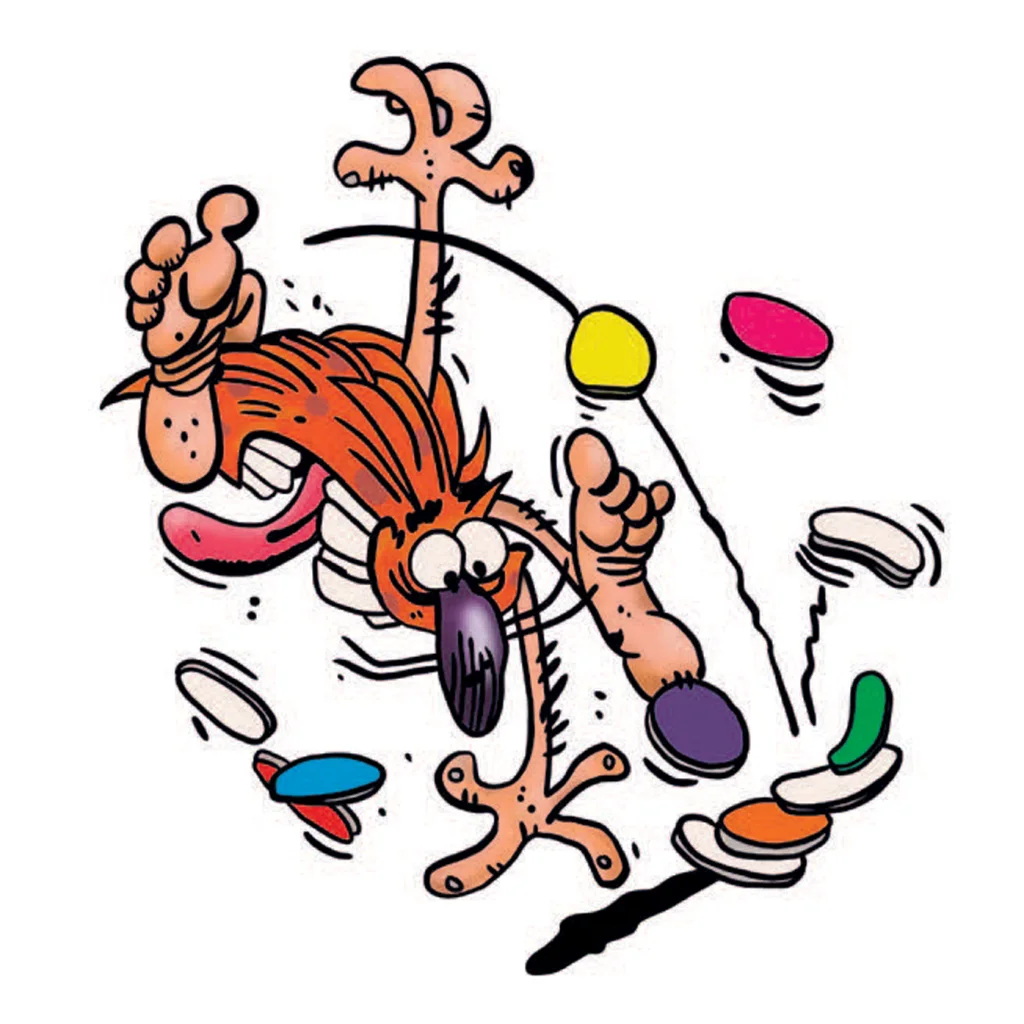
He bought the POG trademark from Haleakala in 1993, and launched the World POG Federation, taking POGman global and making millions in the process as it turned into a worldwide phenomenon. But its domination was short-lived: The POG market crashed in just a couple of years, and Rypinski was out. The IP lay mostly dormant until venture capitalist Julien Savino—whose father was the official brand licensee for France, Italy, and Spain in the ’90s—acquired it in 2019.
At first, the focus was digital by sheer necessity. “There was nothing in the [POG] bank account when he got the company,” says POG Digital’s cofounder and CEO, Kyler Frisbee, who previously worked in the realms of mobile gaming and AI at Google, and vehicle OS at Rivian.
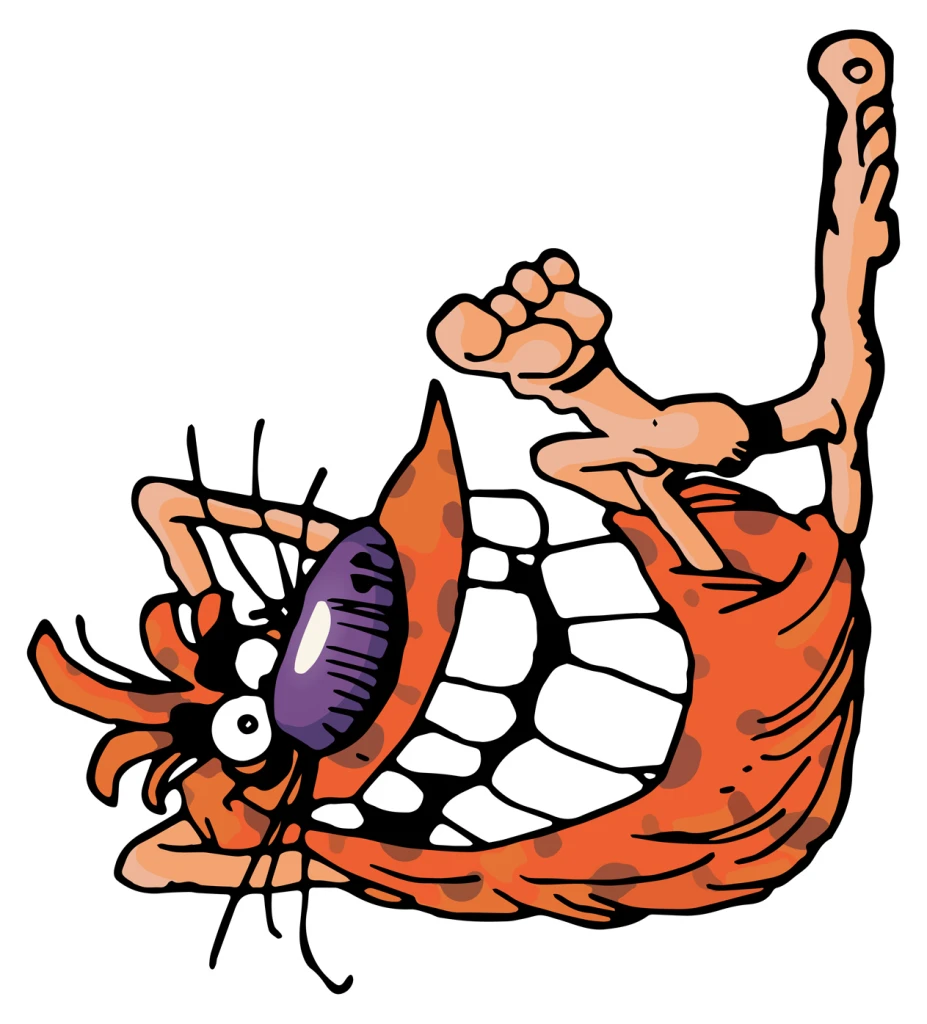
The strategy was to go for the nostalgic adult market first on blockchain using digital collectibles (a rebranding of the oft-misunderstood term non-fungible tokens, or NFTs), which the company did in June of 2022. Frisbee says the collectible company Topps also approached his team to try to buy the physical manufacturing rights—and a deal was about to be signed, but the digital endeavor took off, bringing in about $3 million to date. So the deal was scuttled.
“I was able to funnel a lot of that money back to the physical side,” Frisbee says. “POG Digital is essentially the capital that was able to get the physicals back again.”
With the brand’s limited-edition Hobby Box, POGs are indeed now back IRL—but with a twist.
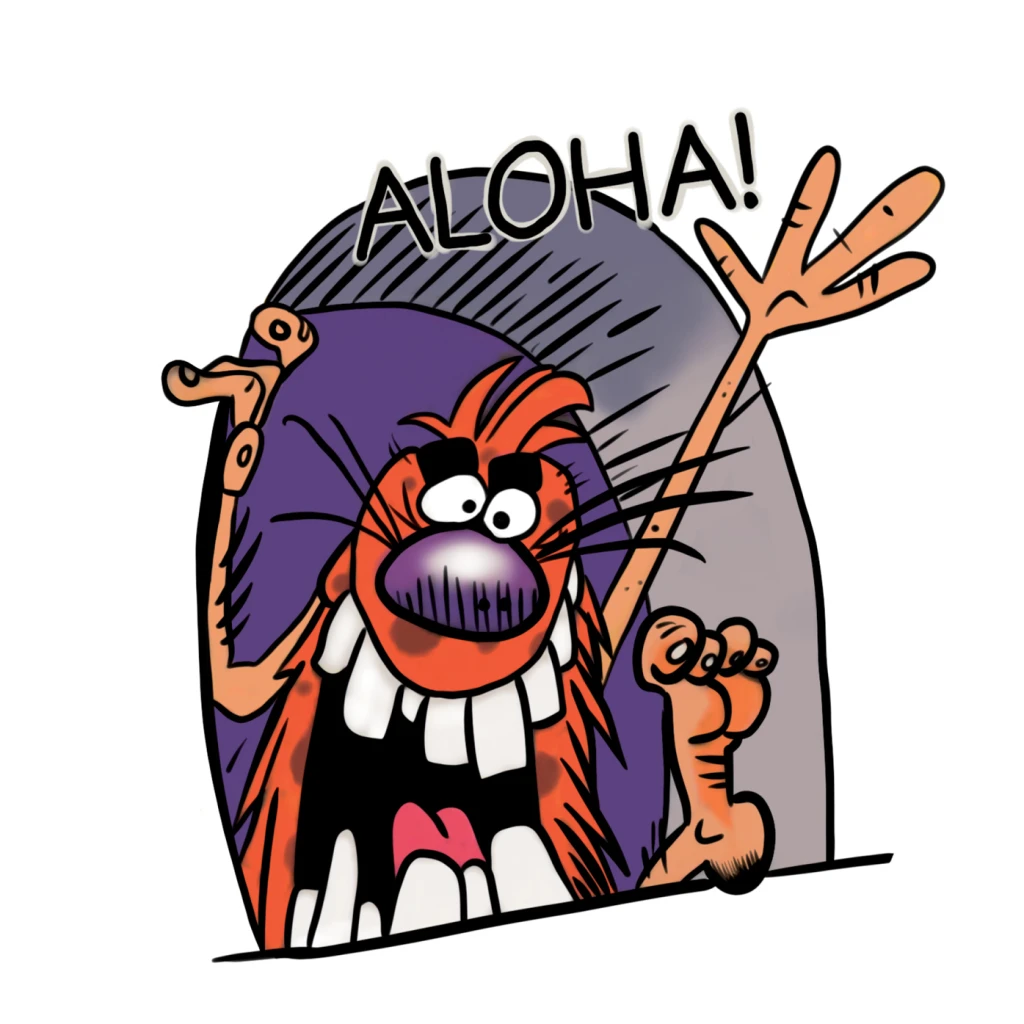
PRESERVING POGMAN
Brent Scotchmer is perhaps POG’s secret weapon. He has collected trading cards since he was 6 years old, and was there for the POG craze of the ’90s, amassing what he estimates is likely one of the largest POG collections in Australia, at around 20,000. Since 2017 he has worked as an illustrator with Topps on nostalgic properties like Garbage Pail Kids and Star Wars. When he caught wind that someone was trying to bring POGs back, he reached out, and soon found himself the art director for the brand.
Scotchmer saw an opportunity, especially with POG’s legacy of collaborating with brands like Disney, Star Wars, and Pokémon. There may be a Funko Pop for everything today—but in the ’90s, there was a POG for everything.
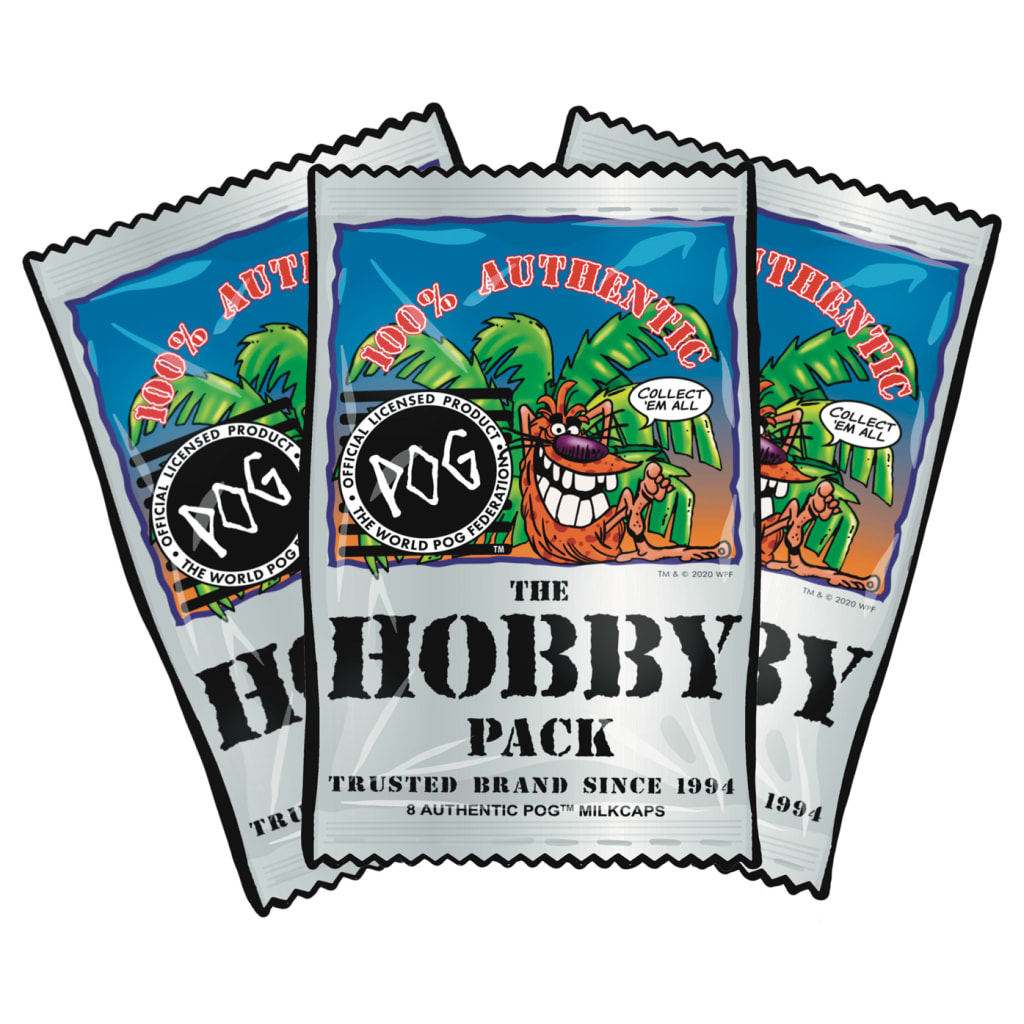
“Just because an IP is 40, 50, 60, 70 years old does not mean that it doesn’t have a life in 2024,” he says. “So there is absolutely no reason whatsoever why POG doesn’t get to live in that world. There are all the reasons in the world why people would want this back.”
Scotchmer went on to create the collector’s POG set that he, as a collector, would want. And he infused into the brand for the first time all the elements that collectors love in the modern era. Rather than just printing batches of the same items en masse like in the ’90s, now there are limited-edition numbered runs. The Hobby Box ($120) contains 96 POGs and a slammer—but within it, collectors can score a rare numbered slammer in 22-karat gold, a numbered mini poster, or other Easter eggs beyond.
“We’re hitting heavy with the first one,” Scotchmer says. “This is for the hardcore people who’ve been waiting for 30 years.”
Ultimately, POG Digital says this is a market test—and one that has proven a demand, though the company didn’t disclose any specific data. Strategically, Scotchmer notes that the team wanted to launch with the passion and fanfare of a direct-to-consumer community instead of landing in the game aisle of Target, where the products could be forgotten.
As for the art, he says his goal is all about preservation—cleaning up some things and refining others (and adding, say, an iPod here or other modern elements there), but keeping the core of the original brand intact.
“I wanted to make sure that somebody else didn’t come in and try and reinvent POG. I wanted to give myself this position just so that somebody else didn’t screw it up,” Scotchmer says with a laugh. “My job is to preserve POGman.”
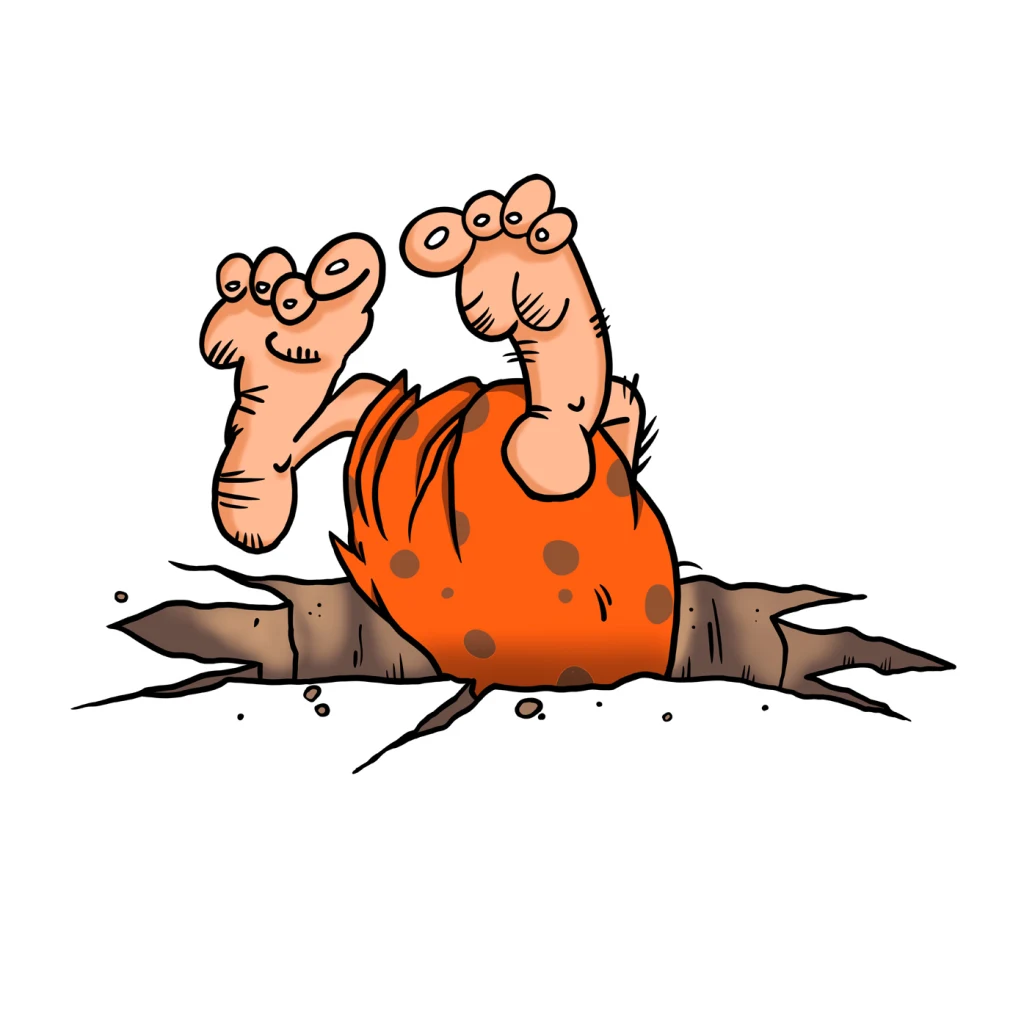
Asked about the differences in the art of the physical products and the digital offerings, he says that it’s all designed to appear seamlessly the same—and, moreover, exactly as it did in its heyday.
“My job here is to bring 30 years of brand recognition and make sure that it doesn’t get completely destroyed on its way through to this digital world,” he says. “It has to look like it did when you were a kid.”
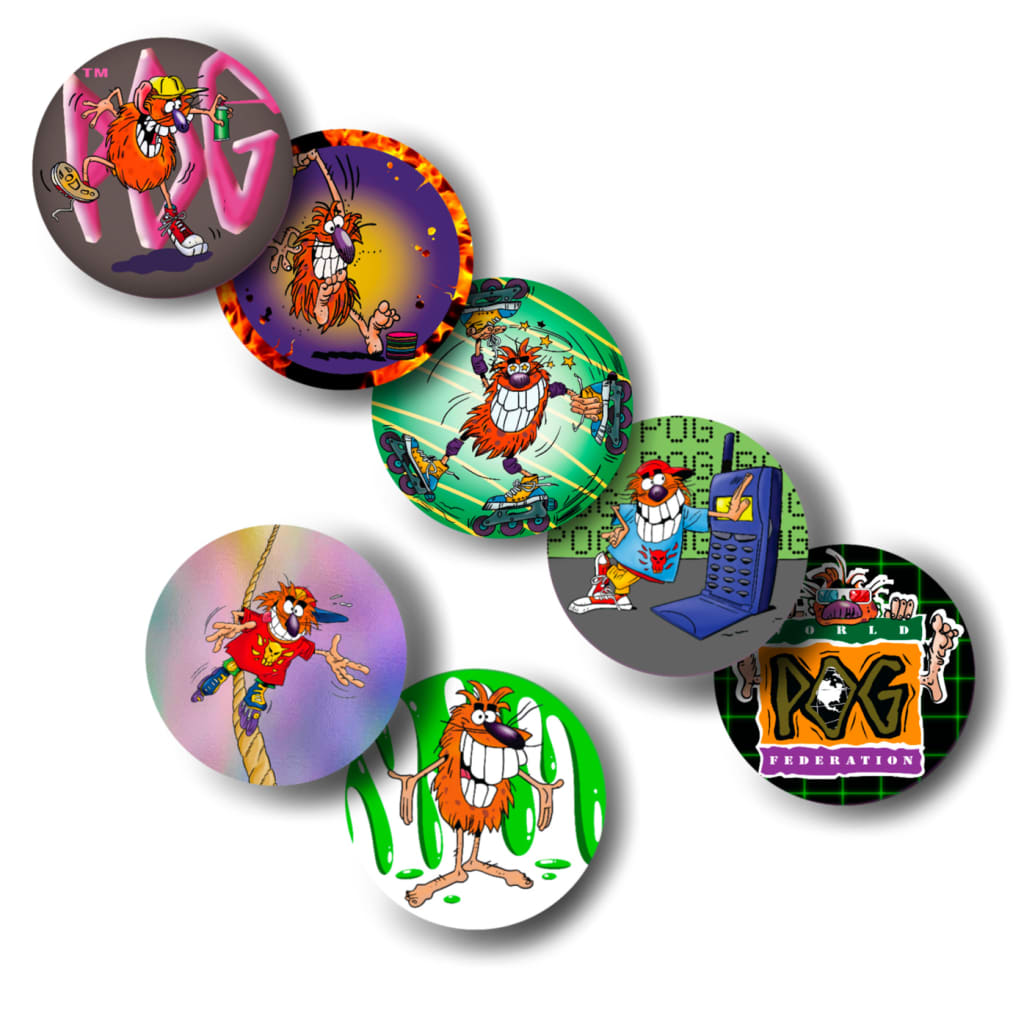
POGWORLD
Ultimately, while the POG team is targeting nostalgic adults first, they want the game to filter down to today’s kids—and to that end, they have created a suite of POG video games, from mobile to desktop. Frisbee says the brand also held a five-day digital tournament with 1,200 qualifying players, in which 250,000 games of POG were played. He envisions a world in which a parent could play physical POGs with their kid in the morning, then play a round on their phone during their lunch break. He wants to foster synergy between the Web3 POG world and the physical one, where digital POGs could lead back to IRL rewards, and vice versa.
On the horizon, Frisbee says, the brand has a partnership with Care Bears coming up, a PGA Tour project, and collaborations with Lamborghini, Forbes, and other brands.
It’s a lot. Is POG reaching?
Maybe. But to be fair, it’s a brand that always has.





































